Estimated reading time: 4 minutes
Teaching a cat to use a cat door can be a rewarding experience that grants your furry friend more independence and freedom. In this article, we’ll walk you through the process step by step, discussing everything from selecting the right cat door to troubleshooting common issues. Let’s dive in!
The Benefits of a Cat Door
A cat door offers several advantages for both you and your feline companion. For your cat, it provides easy access to the outdoors, giving them the freedom to explore and satisfy their natural curiosity. It can also help reduce boredom and promote exercise. For you, a cat door means no more late-night wake-up calls to let your cat in or out and less risk of unwanted “gifts” being brought inside.
Choosing the Right Cat Door
Before you begin training, it’s essential to choose the appropriate cat door for your needs.
Types of Cat Doors
There are several types of cat doors available, including manual, magnetic, and microchip-activated models. Manual doors are the most basic, allowing your cat to push through the flap with minimal resistance. Magnetic doors require your cat to wear a collar with a magnet that unlocks the door. Microchip doors are more high-tech, granting access only to cats with a specific microchip ID.
Location and Installation
Choose a location for your cat door that is both convenient and safe for your pet. Make sure the door is installed at an appropriate height, allowing your cat to enter and exit comfortably.
Introducing Your Cat to the Cat Door
Once your cat door is installed, it’s time to introduce your cat to their new entrance.
Encourage Exploration
Place your cat near the cat door and let them explore at their own pace. Don’t force them through the door, as this may create fear or anxiety.
Use Treats and Positive Reinforcement
Tempt your cat to go through the door using treats and praise. Place treats on either side of the door, and offer verbal praise or affection when your cat goes through.
Familiarize Your Cat with the Door Mechanism
For magnetic or microchip doors, help your cat get accustomed to the unlocking mechanism by holding the door open and allowing them to pass through several times.
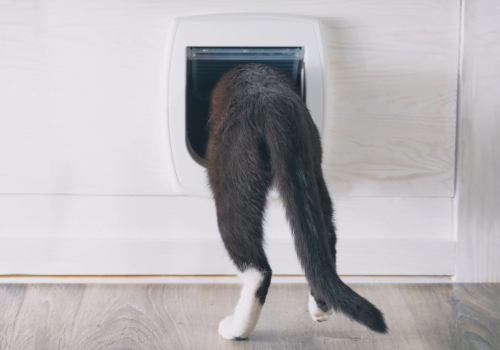
Gradual Training Steps
Patience is key when teaching your cat to use the cat door. Follow these gradual steps for successful training:
Step 1: Hold the Door Open
Initially, hold the cat door open so your cat can pass through without resistance. This will help them get used to the idea of going through the door without being intimidated by the flap.
Step 2: Partially Close the Door
Once your cat is comfortable passing through the open door, start lowering the flap slightly, so they have to push it open. Gradually increase the resistance until your cat is confidently pushing the door open on their own.
Step 3: Fully Close the Door
When your cat has mastered pushing the partially closed door, let the flap fully close. Encourage your cat to go through by placing treats on the other side and offering praise when they successfully navigate the closed door.
Troubleshooting Common Problems
As with any training process, you may encounter some challenges along the way. Here are some tips for addressing common issues:
Fear of the Door
If your cat seems afraid of the cat door, take a step back and let them explore it on their own terms. Offer treats and praise to help build positive associations with the door. Be patient, and never force your cat through the door.
Door Mechanism Issues
Some cats may struggle with specific door mechanisms, particularly microchip or magnetic doors. Here’s how to address these problems:
Microchip or Magnetic Issues
Ensure your cat’s microchip is functioning correctly or that their magnetic collar is secure. You may need to adjust the sensitivity settings on the door to ensure it unlocks easily.
Manual Door Flap Resistance
If your cat struggles with the resistance of a manual door flap, try loosening the flap’s tension to make it easier to push open. You can also consider switching to a door with a lighter flap material.
Conclusion
Teaching your cat to use a cat door may require patience and persistence, but the end result is well worth it. By following the steps outlined in this article and troubleshooting any issues that arise, you’ll have a happy, independent cat that can come and go as they please.
As an Amazon Associate I earn from qualifying purchases.


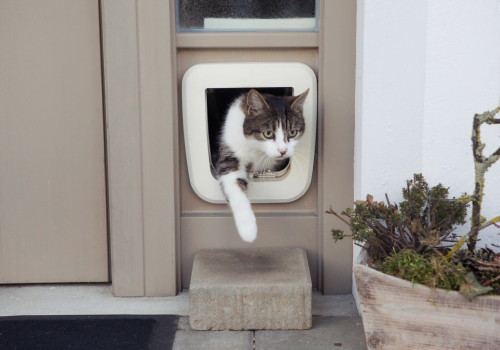
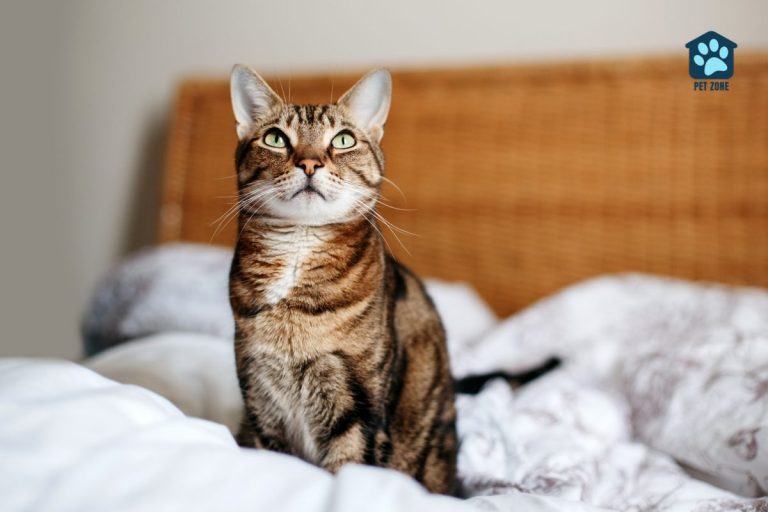


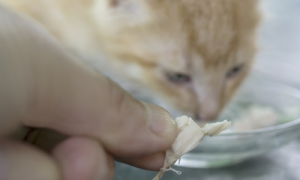
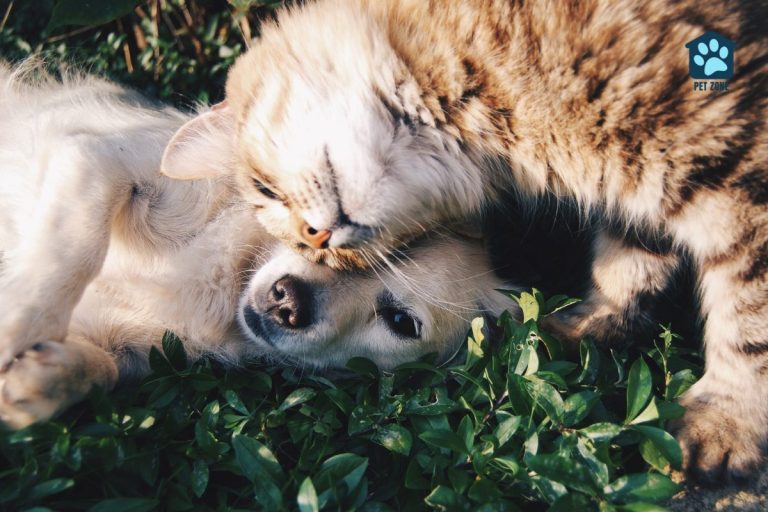
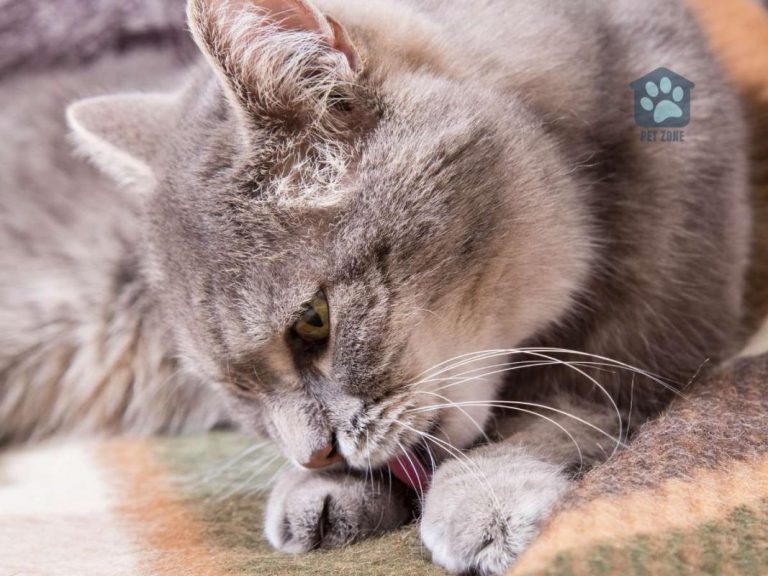
Nice! Good read. Stay awesome and keep blogging!